A shoe is like a book. If you know how to read one, you can learn a great deal.
Worn out shoes and shoes that do not fit properly can interfere with the feet, pelvis and spine.
A survey by the American Orthopaedic Foot and Ankle Society showed that 88% of women wear shoes that are smaller than their feet with 80% of those women reporting some sort of foot pain and 76% with some sort of forefoot problem.1
Fit is Critical
Putting your foot into a shoe is like putting your foot into a cast. Poor-fitting, unsupportive shoes can cause problems. If you are supported in your shoes in a proper weight bearing posture, you should be able touch the large toe joint and find it positioned at the widest part of the shoe. Basically, if the joint of the big toe is forward of this area, the shoe is too short. If shoes are broken down with the tops of the shoes pushed to the side or with uneven heel and sole wear, this usually tells the story. Here is what it all means:
Heel Wear
Heel wear should be even on both sides. If the wear is only on one side, there is postural weakness on that side. From a clinical point of view, as a doctor of chiropractic, I find that the shoe that has the most wear is on the same side as the patient’s knee, hip or spinal problem. You will find that if you follow the heel wear, you will find the corresponding postural problem, as it always shows up in the shoes.
Sole Wear
Turn your shoe over and look at the sole wear. Start at the toe and let your eyes follow the sole wear toward the heel. At the point at which the sole wear “feathers out” and stops, draw a horizontal line with a pencil or chalk. Repeat the same procedure on the other shoe. Then notice which shoe demonstrates sole wear closest to the heel. If one shoe has more sole wear, that foot has broken down biomechanically leading to fast shoe breakdown on that foot. This is the foot that is misaligning, indicating pronation.
What to do
Proper footwear will do much to help you walk properly and efficiently. Wearing the correct shoes will restore the balance to your foot foundation and go a long way in helping your overall whole body posture.
The Take-Home Message:
- Make sure that your shoes fit properly, as the ball of the foot should be positioned at the widest point of the shoe.
- Remove any store-bought (generic) insoles before putting in custom-designed orthotics.
- Old, broken-down shoes should be thrown away and replaced with new shoes.
- Buy shoes like you buy fruit – squeeze them at the heel area. You want a firm counter around the heel for a pronated foot.
To have your own shoes and posture analyzed, you should seek the help of a doctor of chiropractic who specializes in this type of analysis.
Dr. Dale J Charrette is a chiropractor practicing in Yucca Valley and a member of Desert Doctors. He can be reached at (760) 449-4548. For more information visit DesertDoctors.org or call (760) 232.4646.
Reference: 1) Frey C, Thompson F, et al. American Orthopaedic Foot and Ankle Society women’s shoe survey. Foot & Ankle, 1993;14:78-81.






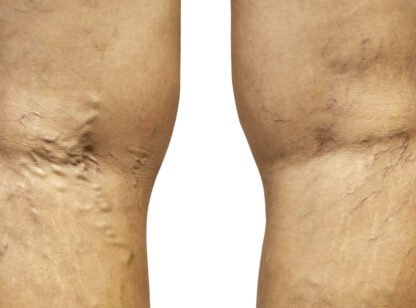

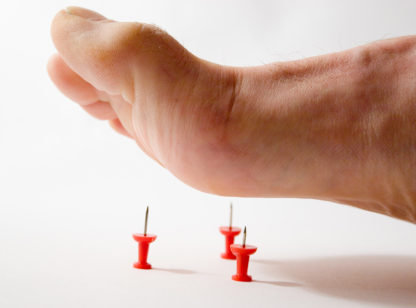
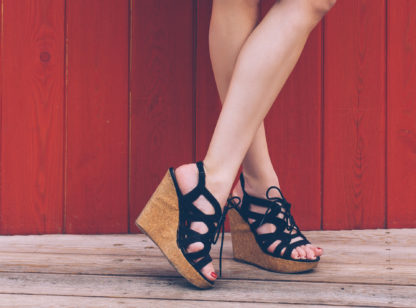
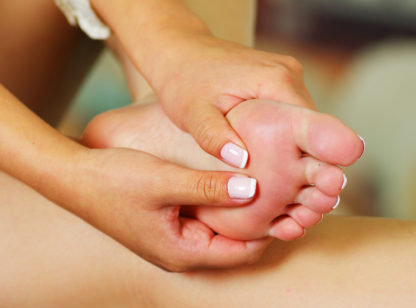




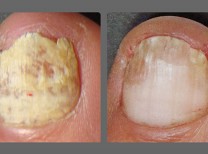




























Comments (0)